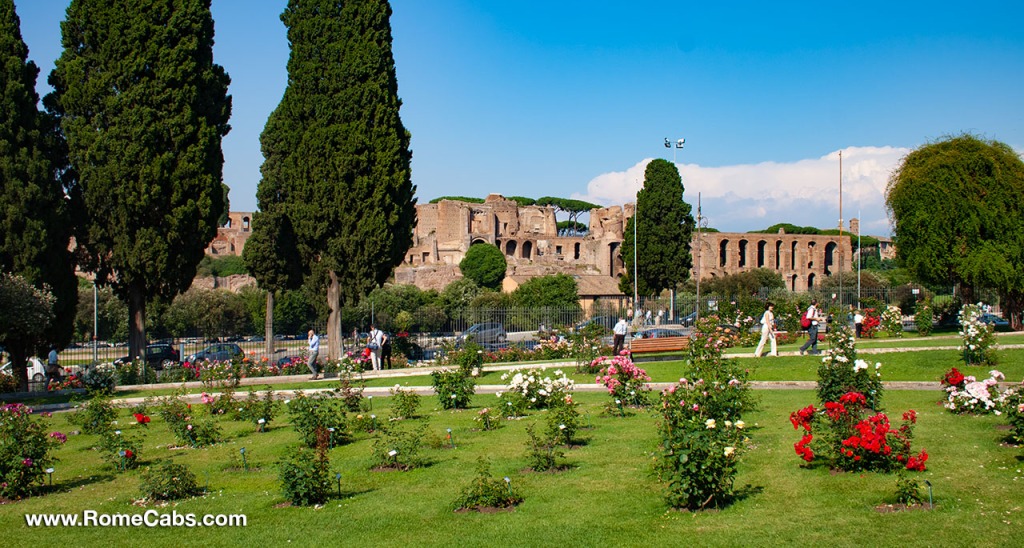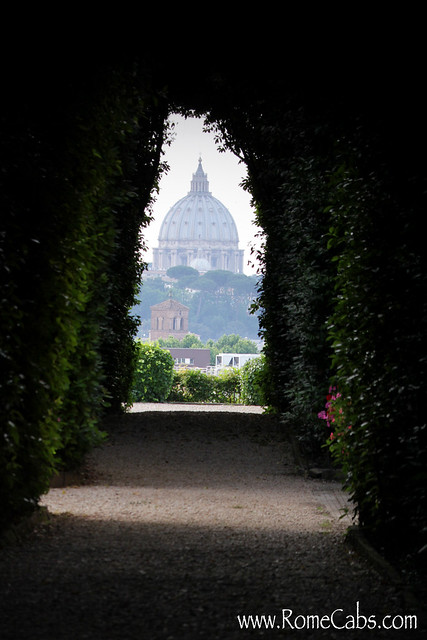Among Rome’s iconic seven hills, the Aventine Hill emerges as a captivating chapter in the city’s rich tapestry, beckoning travelers to embark on a journey through history and legend. As you gaze at the enchanting vista of the Aventine from the Ponte Palatino, you’re transported to a world where myths intermingle with centuries-old secrets.
Originally christened “Mons Murcius” for the myrtle-clad landscape, the hill eventually shed this name to embrace its modern identity as the Aventine. The origins of this name are shrouded in enigma. Some whisper that it traces back to “aves” in Latin, with Remus, one of Rome’s legendary founders and first king of Rome, allegedly spotting fewer birds here compared to his brother Romulus on the neighboring Palatine.
Another theory suggests “ab advectu“, hinting at its isolation by marshes and its accessibility primarily by boat. Yet, the most tantalizing legend revolves around King Aventine of Alba Longa, who, it is said, met a dramatic end on this very hill, struck by lightning and interred here.

The precise moment when the Aventine first felt the touch of human footsteps remains a mystery, but tradition suggests that Ancus Marcius ( the legendary 4th King of Rome) might have been its first inhabitant. Over time, the hill metamorphosed into a bustling commercial hub, a melting pot of cultures and commerce, situated beyond the pomerium – the sacred boundary of ancient Rome. The Servian Walls, constructed in the 6th century BC, finally enclosed the hill, a fortification that remained intact until the era of Emperor Claudius.
Once a tranquil suburb of ancient Rome, it has since evolved into a significant center for Christian worship. Today, it offers respite from the bustling modern city, making it an ideal destination for a leisurely stroll. You may explore Aventine Hill with ease on Rome private driving tours, on shore excursions from Civitavecchia, or if you are staying in Rome you can easily make your way on foot from Circus Maximus.
.
Aventine Hill – A Must-See Hidden Gem in Rome
.
Municipal Rose Garden (Roseto Comunale)
.

.
Across from Via Circo Massimo across Piazzale Ugo La Malfa, you’ll arrive at Rome’s municipal rose garden. This enchanting garden boasts an array of vibrant and fragrant roses, offering a serene and picturesque oasis on the Aventine.
The upper garden houses a collection of diverse rose varieties, while the lower garden serves as the stage for the international rose trials held annually in May, showcasing the roses of the future. A leisurely stroll amidst the colorful blooms and lush greenery provides a delightful and aromatic experience.
.

..
Orange Garden (Giardino degli Aranci)
Further up Aventine Hill, you’ll find the Savello Park, affectionately known as Orange Garden for its rows of mature Seville orange trees, which offer both shade and a delightful aroma when in bloom. The lush green foliage and vibrant oranges create a picturesque setting for visitors.
The Orange Garden’s history dates back to the 16th century when it was originally designed as a vineyard by the Savelli family. Later, in the 17th century, it was transformed into a beautiful garden featuring Seville orange trees (Citrus aurantium bigardia). Although not meant for consumption, these bitter oranges were cherished for their use in making marmalade.
.

The Orange Garden is most famous for its breathtaking panoramic views of Rome. From its elevated vantage point on the Aventine Hill, you can gaze across the Tiber River and admire the iconic cityscape. The garden’s terrace provides an ideal spot for capturing postcard-worthy photographs and taking in the captivating vistas of the Eternal City.
.
Church of Santa Sabina
To the south of the Orange Garden further up along Aventine Hill is the church of Santa Sabina, another must-see hidden-gem in Rome. Santa Sabina is one of Rome’s oldest and most historically significant churches, dating back to the 5th century. It was founded by Peter of Illyria between 425 and 432 on the site of a Roman temple and was an expansion of a church-house owned by a Christian woman called Sabina. In 1219, the church was entrusted to the Dominican order, and they have continued to care for it to this day.
.

.
In 1219, the church was entrusted to the Dominican order, which continues to care for it. The church has witnessed numerous restorations and modifications over the centuries, yet its interior remains a testament to its fifth-century origins with ninth-century enhancements.
Among its unique features, Santa Sabina is home to a central wooden door adorned with 18 sculpted panels of biblical scenes, making it a rare and exceptional artistic treasure. The church also houses St. Dominic’s cell within the adjoining monastery, which can be visited upon request.
On the same side of Via S. Sabina, you’ll pass by another ancient church, dedicated to Saint Alessio, with portions dating back to the eighth century.
.
Piazza dei Cavalieri di Malta (Knights of Malta)
Further still, you’ll arrive in the open square known as Piazza dei Cavalieri di Malta (Piazza of the Knights of Malta). This square was designed by the renowned Italian etcher, architect, and archaeologist Giovanni Battista Piranesi. He also designed the external decorations of the church of Santa Maria del Priorata, home to the Knights of Malta.
.

.
The square takes its name from this order, and its church, residence, and garden remain hidden behind a tall enclosure. Dominating the square is the Knights of Malta building with imposing central doors that beckon visitors from around the globe to peer through the famous keyhole. This is a must-see hidden gem in Rome. This keyhole offers a concealed vista of a serene path bordered by bay trees, leading the eye to the distant dome of St. Peter’s Basilica, perfectly framed by shrubbery.
READ MORE from RomeCabs Travel Blogs:
Beyond the Colosseum: Explore Rome’s Hidden Architectural Gems
3 Common Mistakes that Ruin Your Summer Trip to Rome
Exploring the Eternal City: Is Rome Safe? Top 20 Travel Safety Tips
.
Church of Sant’Anselmo
Next to Piazza dei Cavalieri di Malta is the Church of Sant’Anselmo exudes timeless charm despite its 19th-century origin. Built atop the ruins of an ancient Roman domus, it houses a remarkable 2nd- and 3rd-century AD mosaic depicting scenes from the Orpheus myth.
In 1893, Pope Leo XIII initiated its construction, dedicated to Sant’Anselmo, the Doctor of the Church and former Archbishop of Canterbury. A tree-lined path leads to a grand entrance with a bronze statue of the Saint by sculptor Albert Wider.
The church features a majestic bell tower and an elegant Romanesque design. Inside, three naves separated by Ionic columns lead to a serene wooden ceiling. Sant’Anselmo is celebrated for its Gregorian chants during liturgical events and is a favored location for weddings, where history and spirituality blend seamlessly.
Not to be missed is a gift shop on the right side of the church that sells books, religious art, as well as delicacies and liquors made by the Benedictines.
With panoramic views, ancient churches, serene gardens, and the allure of its mysterious legends, Aventine HIll is a must-visit location that will undoubtedly add a touch of magic to your Roman adventure. Whether you choose to venture to this enchanting destination on your own or book a guided tour by car, Aventine Hill promises an unforgettable experience.
Book your ROME TOURS with a visit to AVENTINE HILL:
.
.
.
Find RomeCabs online also on:
- RomeCabs FACEBOOK
- RomeCabs PINTEREST
- RomeCabs TWITTER
- RomeCabs TUMBLR
- RomeCabs INSTAGRAM
- RomeCabs FLICKR Photo Gallery
- Rome Cabs Recommended on Cruise Critic
.


Leave a comment